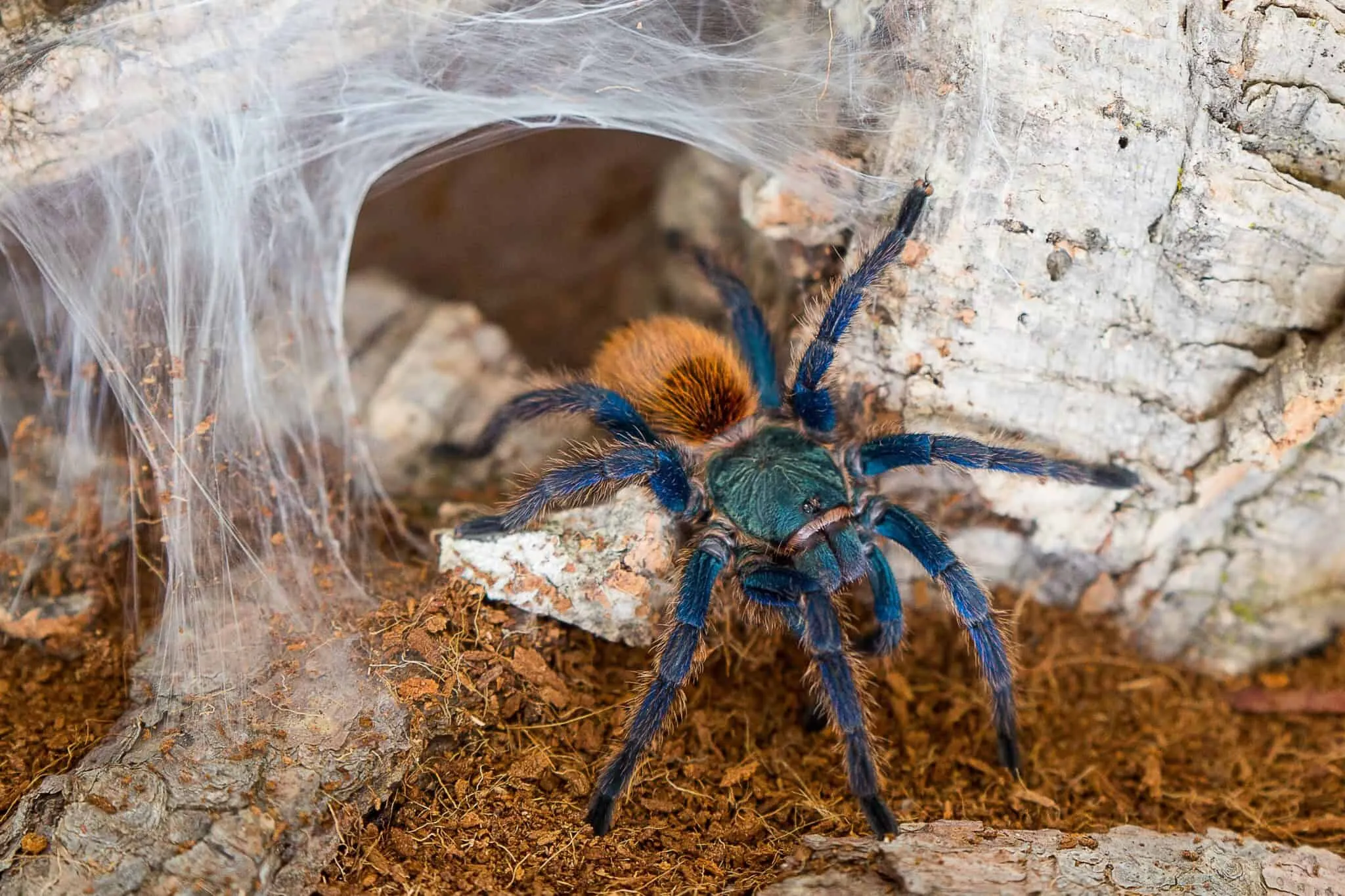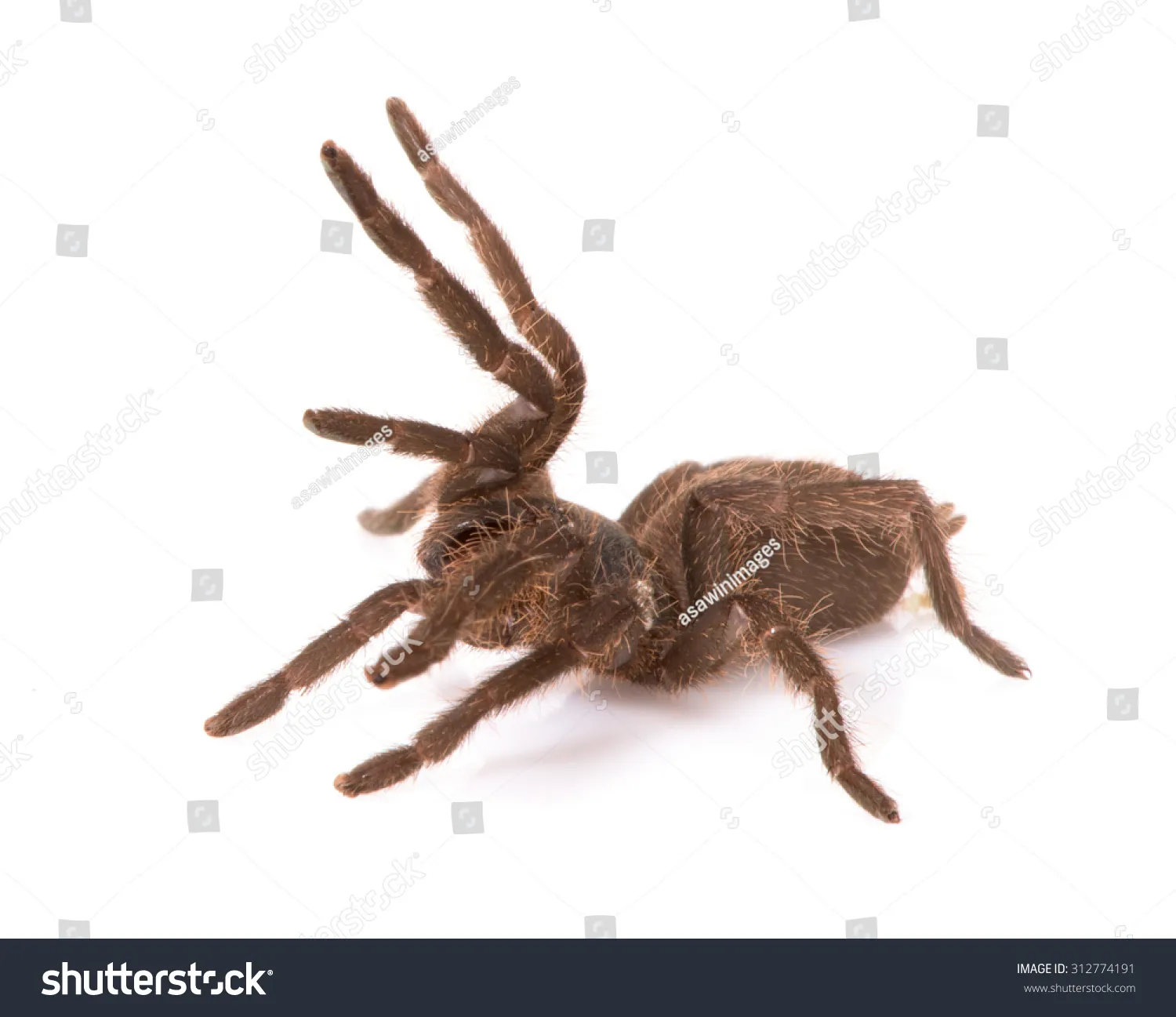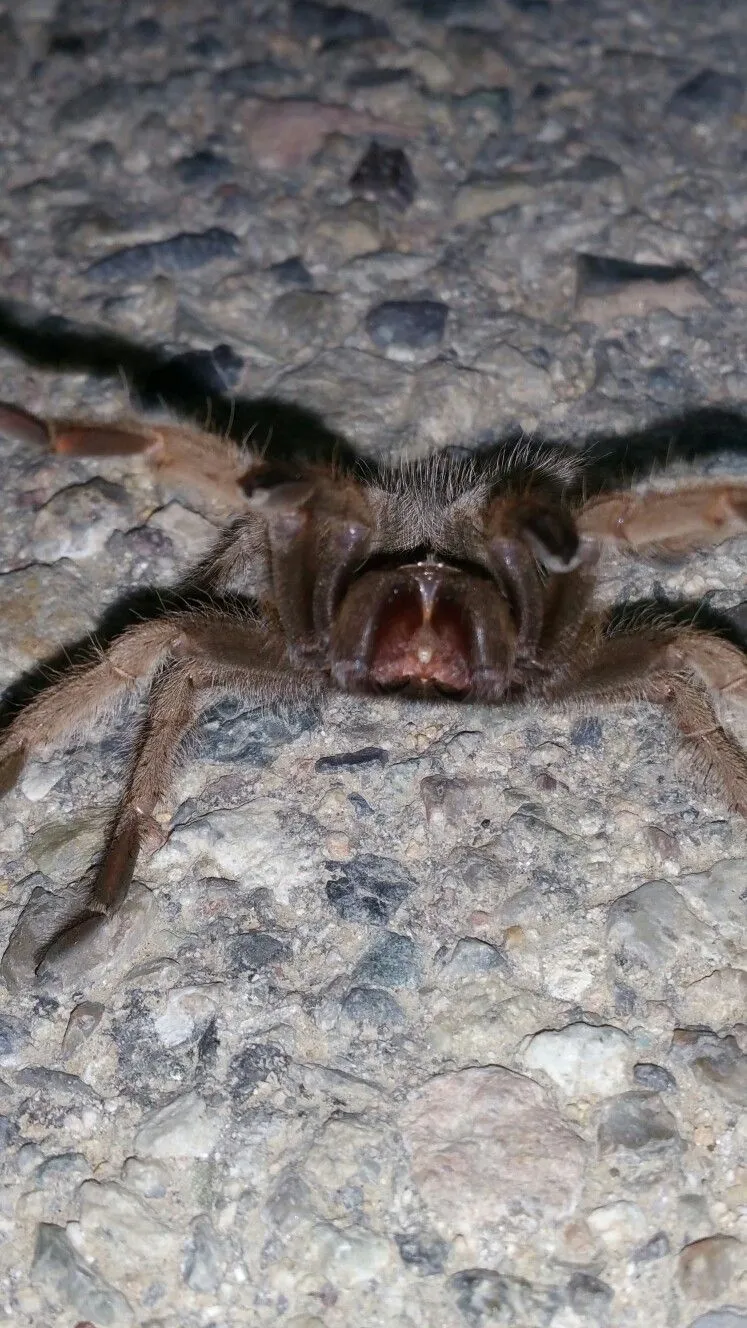7 Intriguing Tarantula Facts
Tarantulas are fascinating creatures that often evoke strong emotions, from fear to fascination. These large, hairy spiders are found in diverse habitats around the world and have adapted to their environments in remarkable ways. From their impressive size to their unique defensive mechanisms, tarantulas offer a wealth of interesting facts. This article explores seven intriguing facts about tarantulas, offering a glimpse into their lives and behaviors. These facts can help dispel common misconceptions and enhance your appreciation for these often misunderstood creatures. Understanding these facts is the first step in appreciating the beauty and complexity of these arachnids.
What Makes a Tarantula Aggressive?
The term ‘aggression’ in the context of tarantulas is often a misnomer. In reality, what appears to be aggressive behavior is usually a form of defense. Tarantulas are solitary hunters that are not naturally inclined to seek out conflict, but they are highly protective of themselves and their space. Several factors can trigger defensive behaviors in tarantulas. These triggers range from perceived threats like handling or disturbances to their enclosure, to environmental conditions. Understanding what can provoke a defensive response is crucial for responsible tarantula ownership and handling. Learning about these triggers helps minimize the chance of negative interactions and ensure the well-being of the tarantula.
Species-Specific Aggression

The temperament of tarantulas varies greatly between species. Some species are known for their docile nature, making them suitable for beginner keepers. Other species are more defensive and are prone to displaying what appears as aggression when threatened. The Chilean rose hair tarantula, for example, is generally considered a docile species, while others, like certain Old World tarantulas, can be more defensive. Researching the specific species before acquiring a tarantula is essential. This includes knowing its typical temperament and any specific care requirements. This knowledge is crucial for setting up an appropriate enclosure and for handling the tarantula safely. This research will ensure a safe environment for both the owner and the tarantula.
The Role of Environment
A tarantula’s environment significantly impacts its behavior. A well-designed and properly maintained habitat can help reduce stress and promote a calmer disposition. This includes maintaining the correct temperature, humidity, and providing ample hiding places. A stressed tarantula is far more likely to exhibit defensive behaviors. Providing a secure and comfortable environment is essential. A well-planned environment includes the right size enclosure, appropriate substrate, and suitable hiding spots. This contributes to the tarantula’s overall sense of security. Regular monitoring of the tarantula’s behavior and the environment is also necessary to make any needed adjustments. Doing this will make the tarantula live longer.
Defensive Behaviors Explained
Tarantulas have evolved several defensive mechanisms to protect themselves. These behaviors are not necessarily signs of aggression, but rather protective responses. Some of the most common defensive behaviors include the threat posture, in which the tarantula raises its front legs and bares its fangs. Another behavior is the flicking of urticating hairs, which can cause intense irritation. Understanding these defensive behaviors is essential for interacting safely with tarantulas. The threat posture is a clear warning, a signal that the tarantula feels threatened and is preparing to defend itself. Recognizing these signs allows handlers to avoid potential bites and ensure the well-being of the tarantula. Learning about their defenses can make one a good tarantula owner.
What to Do if a Tarantula Bites

Tarantula bites, while rarely life-threatening to humans, can be painful and can cause localized symptoms. The immediate response to a bite should include washing the affected area thoroughly with soap and water. It is also important to monitor for any signs of an allergic reaction. Symptoms of an allergic reaction can include difficulty breathing or swelling. Keeping the bite site clean and dry is essential. If symptoms worsen or persist, or if there are signs of an allergic reaction, medical attention should be sought immediately. Understanding the appropriate response to a bite is crucial for anyone interacting with tarantulas, either as a pet owner or in a professional setting. Proper response helps ensure both the safety of the individual and the correct care of the tarantula.
First Aid Steps
The immediate first aid steps after a tarantula bite are straightforward. First, wash the bite area thoroughly with soap and water. This helps to minimize the risk of infection. Apply a cold compress to the area to reduce pain and swelling. If there is significant bleeding, apply direct pressure to the bite site. Monitor the bite for signs of infection. Infections can include increased redness, swelling, or pus. If you experience any systemic symptoms, such as difficulty breathing, dizziness, or nausea, seek immediate medical attention. Knowing the basic first aid steps will help one respond effectively to a bite. It minimizes the risk of complications and ensures proper care.
Long-Term Care
After receiving initial first aid for a tarantula bite, the next step is to monitor the area for any signs of infection or allergic reaction. Keep the wound clean and dry. Avoid scratching the bite site, as this can increase the risk of infection. Over-the-counter pain relievers can help manage any discomfort. If symptoms worsen or persist, or if you experience any systemic symptoms, seek medical attention immediately. In most cases, a tarantula bite will heal without complications. However, proper care and monitoring are necessary to ensure a smooth recovery and prevent potential issues. Following these guidelines ensures the best outcome after a bite and helps the healing process.
Tarantula Bite Myths Debunked

Many myths and misconceptions surround tarantula bites. One of the most common myths is that all tarantula bites are extremely dangerous or even deadly. In reality, tarantula venom is generally not considered dangerous to humans. Bites from tarantulas are often compared to bee stings. Another myth is that all tarantulas are highly aggressive and likely to bite. In fact, most tarantulas will only bite as a last resort, preferring to flee or use other defensive mechanisms. Debunking these myths is essential for promoting accurate information and reducing unwarranted fear. By understanding the truth about tarantula bites, people can better appreciate these fascinating creatures and interact with them responsibly.
Common Misconceptions
Several misconceptions persist about tarantulas and their behavior. Many people believe that all tarantulas are highly venomous and aggressive. However, while tarantulas do have venom, it is generally not dangerous to humans. The common belief that tarantulas are always eager to bite is inaccurate. In most cases, tarantulas will only bite if they feel threatened. Another misconception is that tarantulas are difficult to care for. Although they do require specific environmental conditions, they are relatively low-maintenance pets. Understanding these common misconceptions is crucial for dispelling fear and promoting responsible tarantula ownership and appreciation. This understanding encourages more people to want tarantulas.
Tarantula Facts Quick Recap
Tarantulas are amazing creatures with various fascinating behaviors and characteristics. They exhibit defensive behaviors, including the threat posture and the flicking of urticating hairs. Understanding tarantulas, their behaviors, and their needs is essential for both their welfare and the safety of those who interact with them. Debunking common misconceptions and providing accurate information can reduce fear. It also promotes responsible tarantula ownership and appreciation. By learning these facts, people can better understand and appreciate these amazing arachnids and see them as pets.
